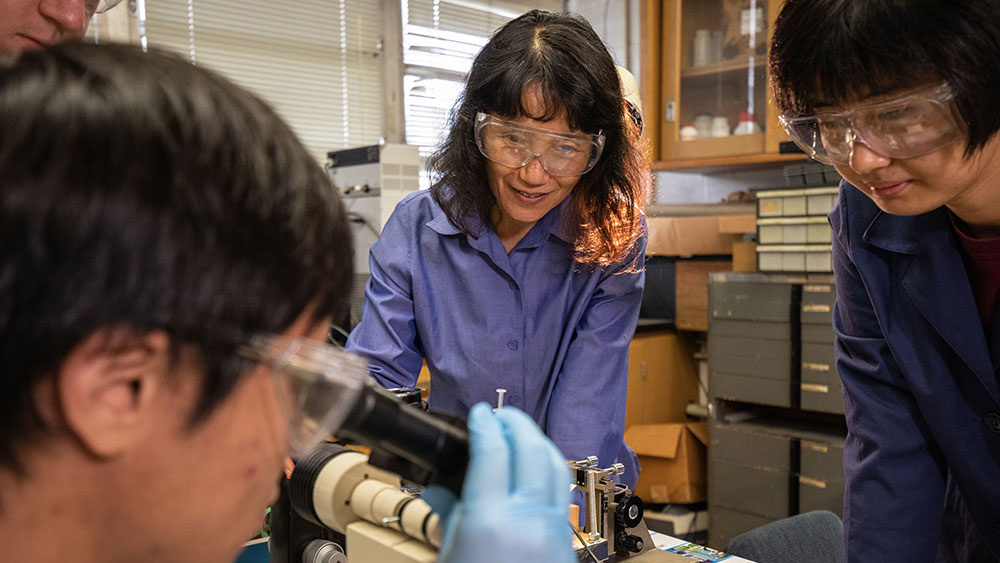
From robotic roaches to detecting cancer, Dr. Hong Liang is using the tiniest of particles to tackle the biggest of issues.
Liang, the Oscar S. Wyatt Jr. Professor in the J. Mike Walker ’66 Department of Mechanical Engineering at Texas A&M
“The fellowship provides a great opportunity for me to learn and serve our nation’s advanced manufacturing initiatives as part of a nationwide manufacturing agenda,” Liang said. “As a faculty member, this will be the first time in my career to serve our nation at such broad level and scope. It is an exciting opportunity to learn, to serve and to develop new visions and skills.”
The American Society of Mechanical Engineers (ASME) is a global community of diverse mechanical engineering experts and leaders. Since its foundation in 1880, it has set the standard for engineering solutions that benefit the world at large.
“Through ASME we connect with our peers, develop collaborative research projects and carry out scholarly activates,” Liang said. “Through discussion and argument, we generate new ideas and sometimes new fields of study. Those are all important impacts on our research that cannot be measured by a number.”
Liang’s field of study is nanomaterials and nanosurfaces, the building blocks to everything. Like puzzle pieces, they slot together to form a complete picture – be it a desk, a microchip or an Aggie ring. Every object has its own distinctive set of puzzle pieces that act and react differently, making nanoparticle research both fascinating and challenging.
This fascination led Liang to her previous research with robotic roaches. Using a miniature computer plugged into the nervous system of cockroaches, her team was able to send signals down miniature wires to control the insect’s path. With mounted cameras and microphones on the roaches, the insects would be able to crawl into small spaces, such as collapsed buildings and broken sewers, to gather information.
While the unique characteristics of each nanoparticle make categorizing them difficult, Liang said they can also open the door to future research that can change the way that industries operate.
For example, by understanding the luminosity traits of a certain particle, Liang and her team of researchers could introduce a new way to detect cancer.
A major part of cancer treatment is discovering it at an early stage. While this usually happens after a mass has already formed, Liang is working to find a way to detect malignant cancer cells before a tumor has a chance to appear.
“There is a certain nanoparticle that lights up under
There is still a